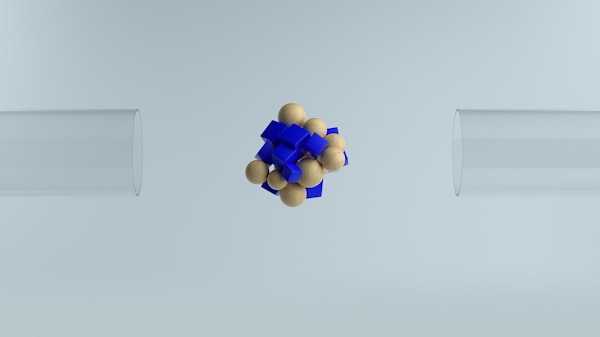In the field of AI and machine learning, "end-to-end" typically refers to the entire process from raw data input to the final prediction output. This paradigm simplifies the handling process of multiple independent steps in traditional machine learning, by directly learning the mapping from input to output, thus reducing intermediate steps and improving efficiency and performance.
1. Data Collection and Preparation
Task Description: Collect and preprocess data for training the model.
| Step | Description |
| Data Collection | Collect relevant data in the domain, such as images, text, or sensor data. |
| Data Cleaning | Remove noise and inconsistencies from the data. |
| Feature Engineering | Extract useful information and transform the data format to fit the model's requirements. |
| Data Augmentation | Enhance data diversity by applying techniques like rotation and scaling. |
| Data Splitting | Divide the data into training, validation, and testing sets. |
2. Model Selection and Design
Task Description: Choose an appropriate model architecture based on the problem type.
| Step | Description |
| Model Selection | Select the model type that suits the problem, such as CNN, RNN, or Transformer. |
| Model Design | Design the structure of the model, including the number of layers, neurons, etc. |
| Hyperparameter Tuning | Set parameters like learning rate, batch size, optimizer, etc. |
3. Training and Validation
Task Description: Train the model using the training set and evaluate its performance on the validation set.
| Step | Description |
| Model Training | Train the model using the training data. |
| Performance Evaluation | Evaluate the model's accuracy and loss on the validation set. |
| Fine-tuning | Adjust the model structure and hyperparameters based on the validation results. |
4. Testing and Deployment
Task Description: Evaluate the final performance of the model on the test set and deploy it to a production environment.
| Step | Description |
| Testing | Evaluate the model's performance on an independent test set. |
| Model Deployment | Integrate the model into an application or service. |
| Monitoring and Maintenance | Continuously monitor the model's performance and update and maintain it as needed. |
5. Feedback Loop
Task Description: Continuously optimize the model based on user feedback and system performance.
| Step | Description |
| Feedback Collection | Collect feedback from users and real-world application scenarios. |
| Data Analysis | Analyze feedback and system logs to identify issues and improvements. |
| Model Iteration | Adjust the model based on feedback and iterate for further updates. |
By following this end-to-end process, AI and machine learning projects can start from raw data, go through a series of carefully designed and optimized steps, and ultimately achieve efficient and accurate prediction or decision-making capabilities, meeting real-world application requirements.
Thank you for reading! If you have any questions or suggestions, feel free to leave a comment and don't forget to like, share, and follow us for more great articles like this. We appreciate your support!










评论留言